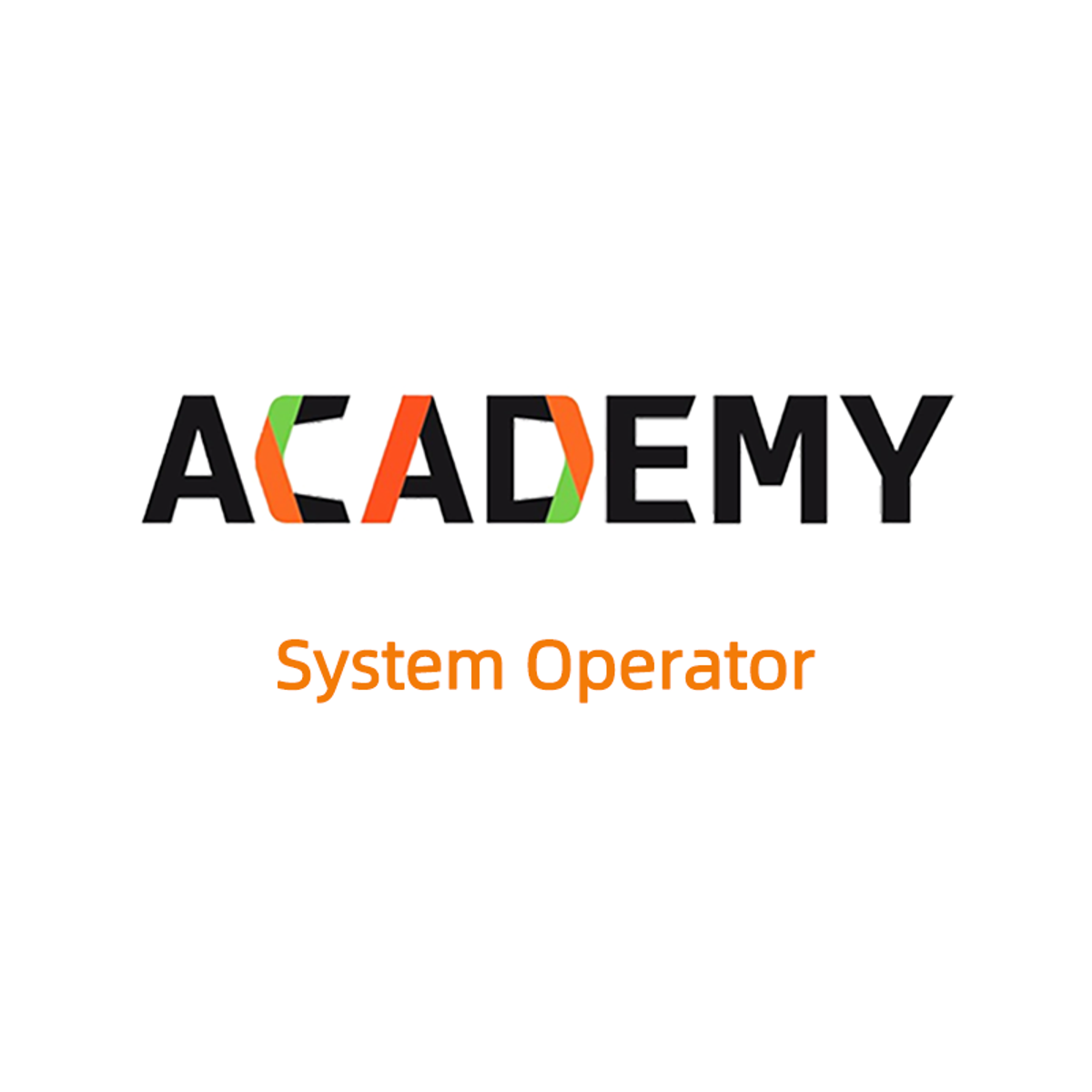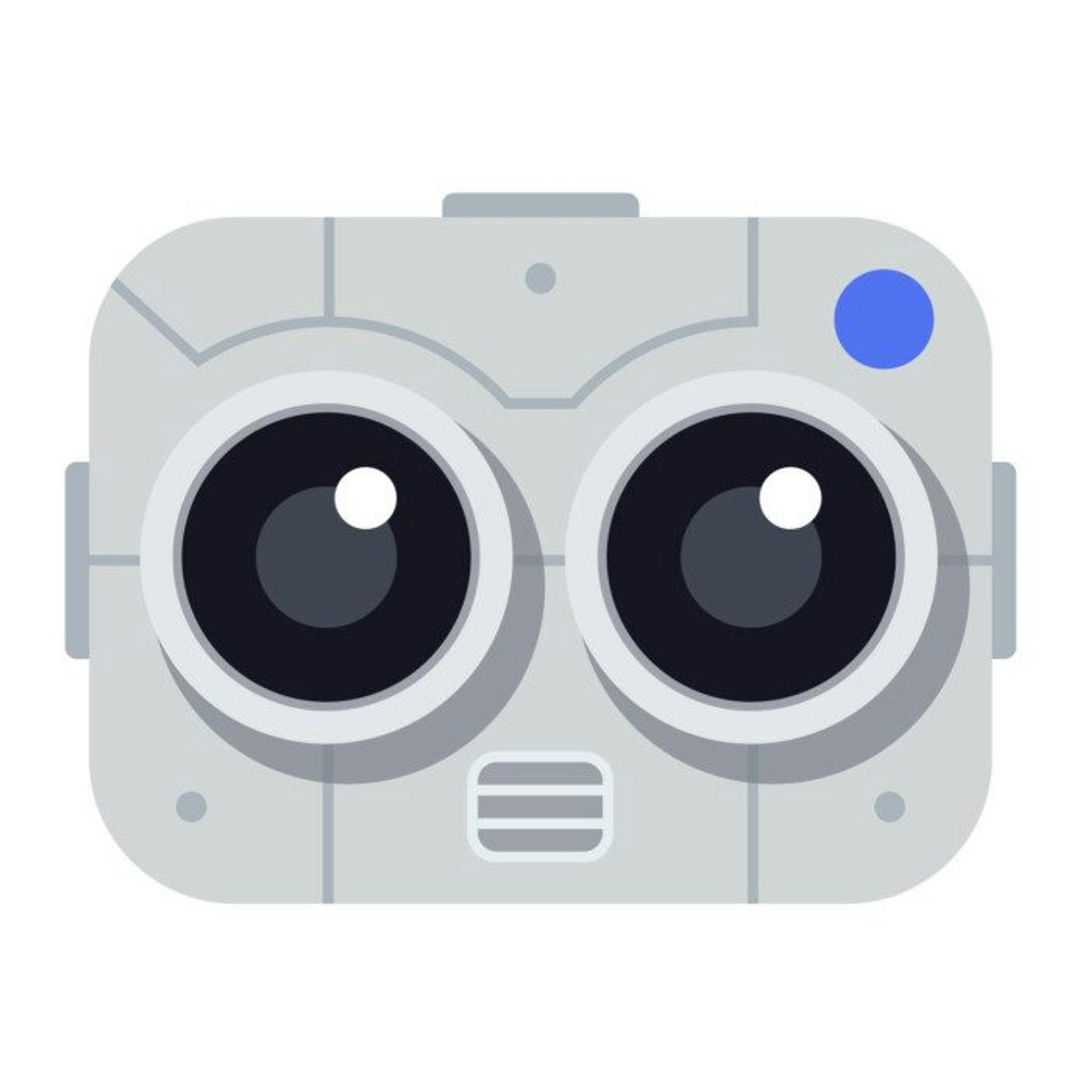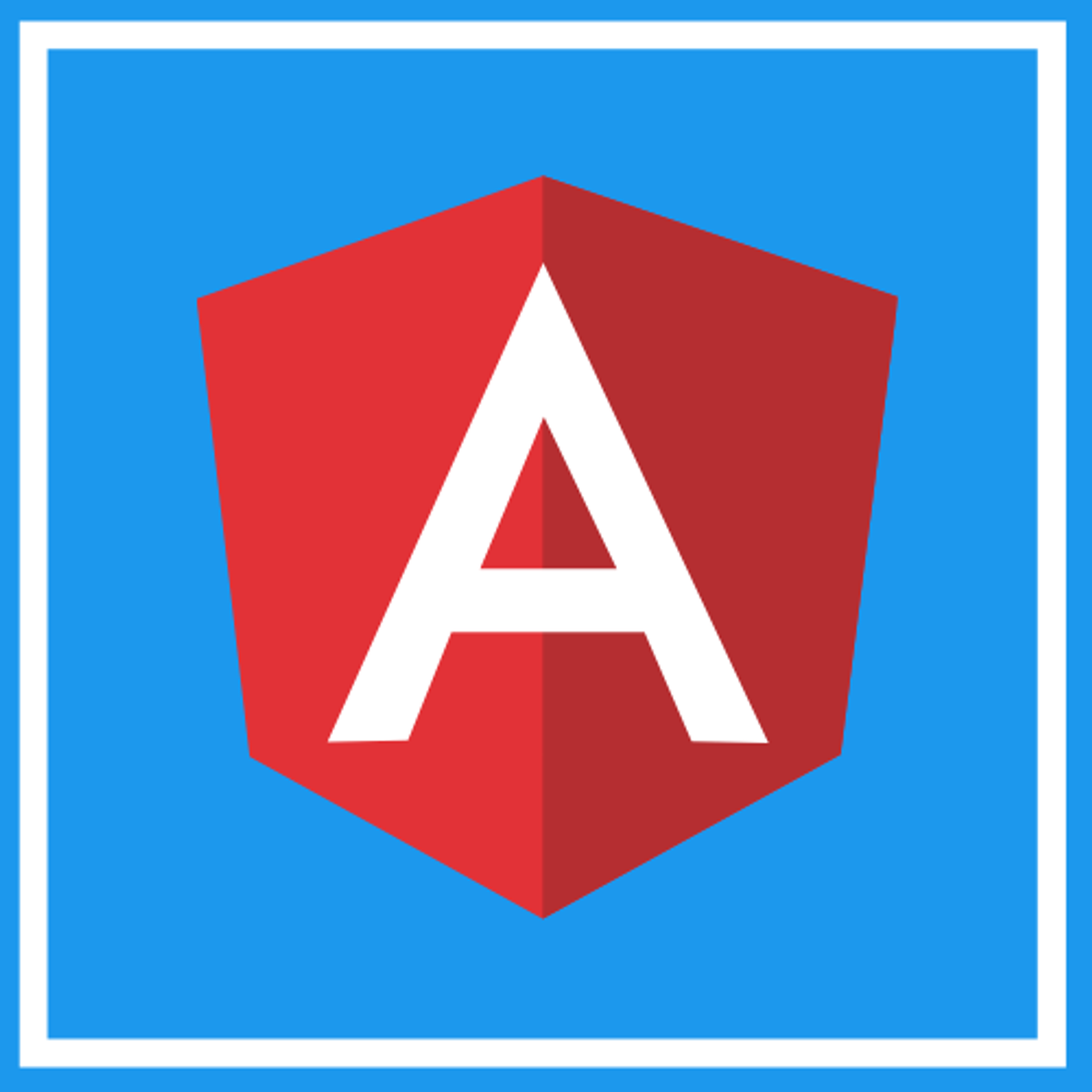Back to Courses









Computer Science Courses - Page 3
Showing results 21-30 of 2309

Fundamentals of Network Communication
In this course, we trace the evolution of networks and identify the key concepts and functions that form the basis for layered architecture. We introduce examples of protocols and services that are familiar to the students, and we explain how these services are supported by networks. Further, we explain fundamental concepts in digital communication, and focus on error control techniques that include parity check, polynomial code, and Internet checksum. Students will be required to have some previous programming experience in C-programming (C++/Java), some fundamental knowledge of computer organization and IT architecture and a background in computer science is a plus.

Operate Alibaba Cloud Systems and Services
Course description:
ACA System Operator Certification Preparation Course is intended for individuals who have technical expertise in deployment, management and operations on Alibaba Cloud.
It’s recommended for System administrators with at least one year of experience in deployment, management, and operations on Alibaba Cloud.
ACA System Operator Certification is intended for individuals who have technical expertise in deployment, management, and operations on Alibaba Cloud. Certificate holders are certified to be capable of deploying, managing and operating scalable, highly available systems on Alibaba Cloud, selecting appropriate services on Alibaba Cloud knowing how to monitor, debugging and troubleshooting those service, utilizing Alibaba Cloud's operational best practices, migrating on-premises workloads to Alibaba Cloud and managing IT governance on the Cloud. To earn an official Alibaba Cloud certificate please find the register portal on Academy's website:
https://edu.alibabacloud.com/certification/aca_operator

Object Detection Using Facebook's Detectron2
In this 2-hour long project-based course, you will learn how to train an Object Detection Model using Facebook's Detectron2. Detectron2 is a research platform and a production library for deep learning, built by Facebook AI Research (FAIR). We will be building an Object Detection Language Identification Model to identify English and Hindi texts written which can be extended to different use cases. We will look at the entire cycle of Model Development and Evaluation in Detectron2. We will first look at how to load a dataset, visualize it and prepare it as an input to the Deep Learning Model.
We will then look at how we can build a Faster R-CNN model in Detectron2 and customize it. We will then configure the parameters & hyperparameters of the model. We will then move on to training the Model and subsequently to model inference and evaluation.
Note: This course works best for learners who are based in the North America region. We’re currently working on providing the same experience in other regions.

Molecular Evolution (Bioinformatics IV)
In the previous course in the Specialization, we learned how to compare genes, proteins, and genomes. One way we can use these methods is in order to construct a "Tree of Life" showing how a large collection of related organisms have evolved over time.
In the first half of the course, we will discuss approaches for evolutionary tree construction that have been the subject of some of the most cited scientific papers of all time, and show how they can resolve quandaries from finding the origin of a deadly virus to locating the birthplace of modern humans.
In the second half of the course, we will shift gears and examine the old claim that birds evolved from dinosaurs. How can we prove this? In particular, we will examine a result that claimed that peptides harvested from a T. rex fossil closely matched peptides found in chickens. In particular, we will use methods from computational proteomics to ask how we could assess whether this result is valid or due to some form of contamination.
Finally, you will learn how to apply popular bioinformatics software tools to reconstruct an evolutionary tree of ebolaviruses and identify the source of the recent Ebola epidemic that caused global headlines.

Build ATM User Interface using Routing in Angular
In this beginner level project, you will implement and build ATM user interface using routing, understand Parent and Child Routing and understand WildCard Routes in Angular which will be helpful in applying routing and navigating pages in modern web layouts. The pre-requisite for this guided project is have background in HTML,CSS, JavaScript/TypeScript and basics on building blocks of Angular Applications.

Introduction to Text Classification in R with quanteda
In this guided project you will learn how to import textual data stored in raw text files into R, turn these files into a corpus (a collection of textual documents), reshape them into paragraphs from documents and tokenize the text all using the R software package quanteda. You will then learn how to classify the texts using the Naive Bayes algorithm.
This guided project is for beginners interested in quantitative text analysis in R. It assumes no knowledge of textual analysis and focuses on exploring textual data (US Presidential Concession Speeches). Users should have a basic understanding of the statistical programming language R.

Build an End-to-End Data Capture Pipeline using Document AI
This is a self-paced lab that takes place in the Google Cloud console. In this lab you use Cloud Functions and Pub/Sub to create an end-to-end document processing pipeline using Document AI. The Document AI API is a document understanding solution that takes unstructured data, such as documents and emails, and makes the data easier to understand, analyze, and consume.
In this lab, you will create a document processing pipeline that will automatically process documents that are uploaded to Cloud Storage. The pipeline consists of a primary Cloud Function that processes new files that are uploaded to Cloud Storage using a Document AI form processor and then saves form data detected in those files to BigQuery. If the form data includes any address fields the address data is then written to a Pub/Sub topic that in turn triggers a second Cloud Function that uses to Geocoding API to provide geographic coordinate data for the address that is also written to BigQuery.
This is a simple pipeline that uses a general form processor that will detect basic form data, such as a labelled field containing address information. Document AI processors that use one of the specialized parsers that are beyond the scope of this lab provide enhanced entity information for specific document types even when those documents do not include labelled fields. For example, a Document AI Invoice parser can provide detailed address and supplier information, from an unlabelled invoice document because it understands the layout of invoices.

Continuous Delivery & DevOps
Amazon famously delivers new code every 11.6 seconds. Just a few years ago, this was unthinkable: many ‘cutting edge’ firms would release software quarterly. When it comes to digital innovation, velocity is critical and many would say it’s the most reliable determinant of success.
Bringing an organization to the state of the art (or even functional capability) in this area requires strong work in a combination of disciplines and a combination of both technical and managerial skills. There is no single cookie-cutter approach for achieving this capability. Much like agile, the right focus and formulation depends a lot on the facts and circumstances of the team. This course, developed at the Darden School of Business at the University of Virginia and taught by top-ranked faculty, will provide you with the interdisciplinary skill set to cultivate a continuous deployment capability in your organization.
After completing this course, you will be able to:
1. Diagnose a team’s delivery pipeline and bring forward prioritized recommendations to improve it
2. Explain the skill sets and roles involved in DevOps and how they contribute toward a continuous delivery capability
3. Review and deliver automation tests across the development stack
4. Explain the key jobs of system operations and how today’s leading techniques and tools apply to them
5. Explain how high-functioning teams use DevOps and related methods to reach a continuous delivery capability
6. Facilitate prioritized, iterative team progress on improving a delivery pipeline

Create a fundraising page on KissKissBankBank
At the end of this project, you will learn how to create a fundraising page on KissKissBankBank for personal or professional purposes.
This Guided Project is an introduction to KissKissBankBank and is designed for people who want to have their own fundraising page for a non-profit, charity, social enterprise, community project, or to support someone in need.
KissKissBankBank offers an online platform to create fundraising, on a small or large scale, which brings together a large community with the mission of promoting civism, optimism, and independence. In addition, KissKissBankBank offers opportunities to develop a fundraising page with many functionalities and aesthetic features.
After completing this project, you will be able to create a fundraising page, select and modify the main features offered on the platform, and define your financial and participatory goals, along with and the rewards potentially offered to your contributors. KissKissBankBank is a simple and free platform that provides extraordinary online advertising for your project.
This project works best for learners who are based in the North America region. We’re currently working on providing the same experience in other regions.

Apply advanced testing for your Django web application
In this 1-hour long project-based course, you will learn some of the advanced features of Django testing framework. For a given sample Django project, you will learn how to feed the testing database with data using fixtures. You will use different methods to customize the project-wide settings during a test. You will learn how to test form submission, and understand how to test the response object for strings. In particular, you will use the Beautiful Soup python library to test the response object for the presence of HTML tags. Finally, you will learn how to instruct Django to skip tests.
Note: This course works best for learners who are based in the North America region. We’re currently working on providing the same experience in other regions.
Popular Internships and Jobs by Categories
Find Jobs & Internships
Browse
© 2024 BoostGrad | All rights reserved